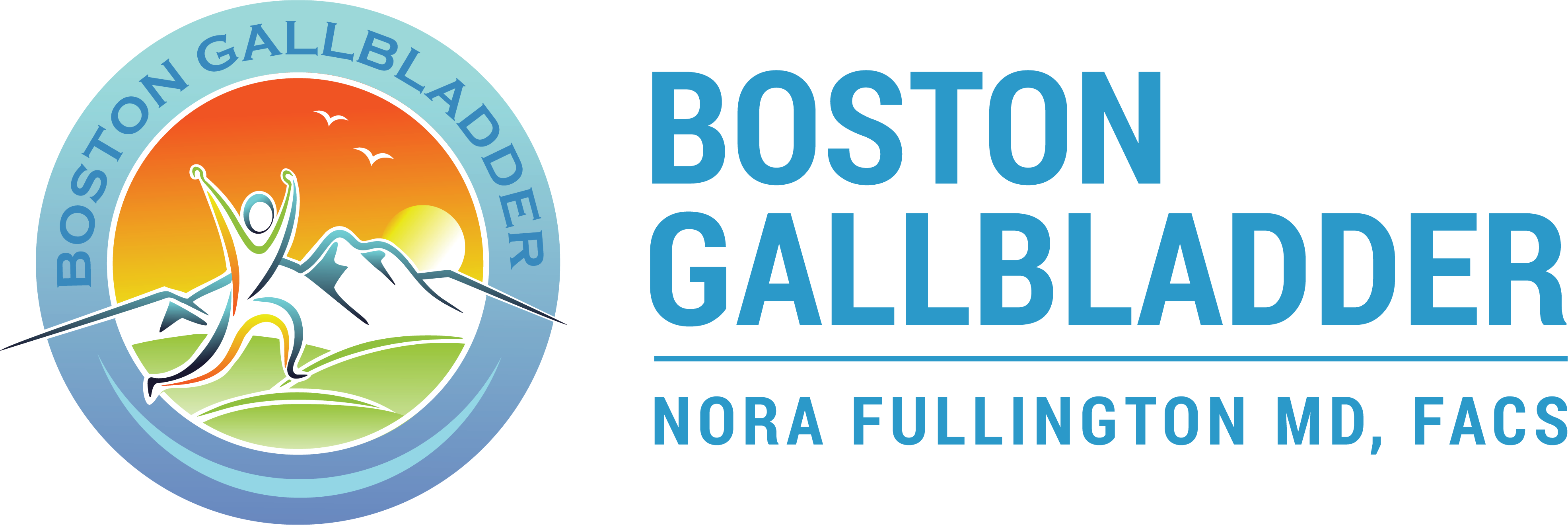Once it has been determined that a patient’s symptoms are related to gallbladder disease, laparoscopic cholecystectomy is often recommended.
Surgery to remove the gallbladder is completed laparoscopically (laparoscopic cholecystectomy) 99% of the time. This means it is completed with small incisions (usually 4 incisions – each about 1/4″-1/2″ in size) over the upper abdomen. The abdomen is inflated with a gas and the gallbladder duct and artery are clipped with small clips and cut. This allows the gallbladder to be detached from it connections to surrounding structures. The clips that are used are permanent but they are compatible with MRIs and don’t require any special care when going through detectors in the airport. The gallbladder is removed via a small bag that is placed into the belly.
Patients who have a lot of scar tissue in their abdomen from previous surgeries/trauma and those who are very sick at the time of surgery have a higher rate of requiring a larger incision over the gallbladder to remove it safely.
Laparoscopic and open surgery both require general anesthesia because the abdominal wall has to be completely relaxed to allow the necessary work to be completed. Patient’s are asked to come to the hospital about an hour and a half before surgery. An IV is placed and once it is almost time to go to the operating room, they often get a relaxing medication through the IV. Once in the operating room, the anesthesiologist uses several medications to help the patient relax further and fall asleep. Once asleep, a breathing tube is placed as general anesthesia involves using medications that also affect a patient’s ability to breathe. When undergoing general anesthesia for laparoscopic cholecystectomy, a patient is completely asleep for the entire procedure. To help reduce any pain after surgery, we also use local numbing medications at the incisions. This ensures our patients have the easiest possible recovery. Once the surgery is complete, the medications used for anesthesia are allowed to ware off and the breathing tube/ventilator are removed. The patient is brought to the recovery room where they continue to recover for a couple hours after surgery before heading home.
